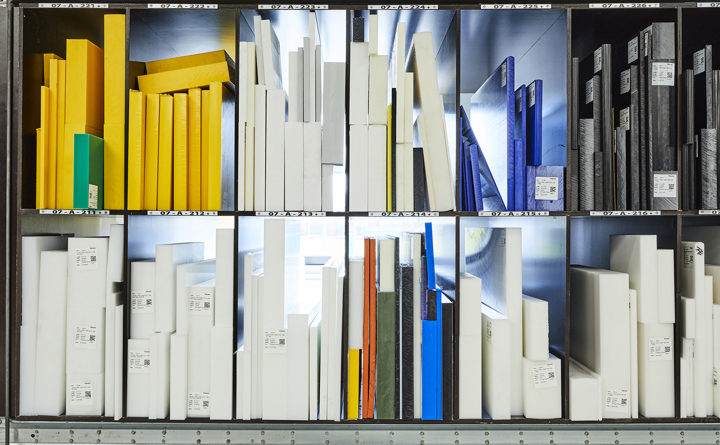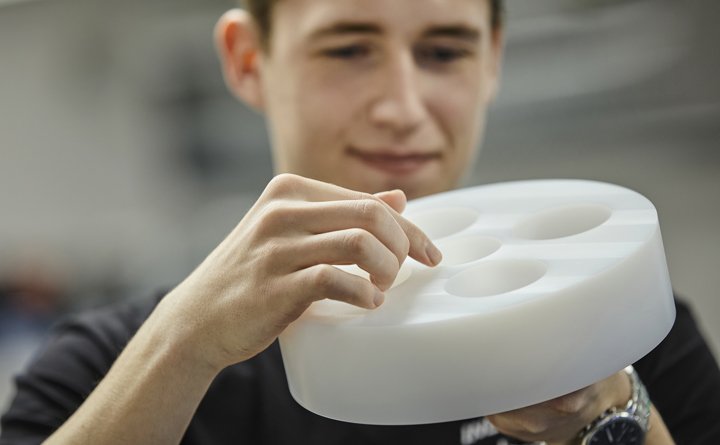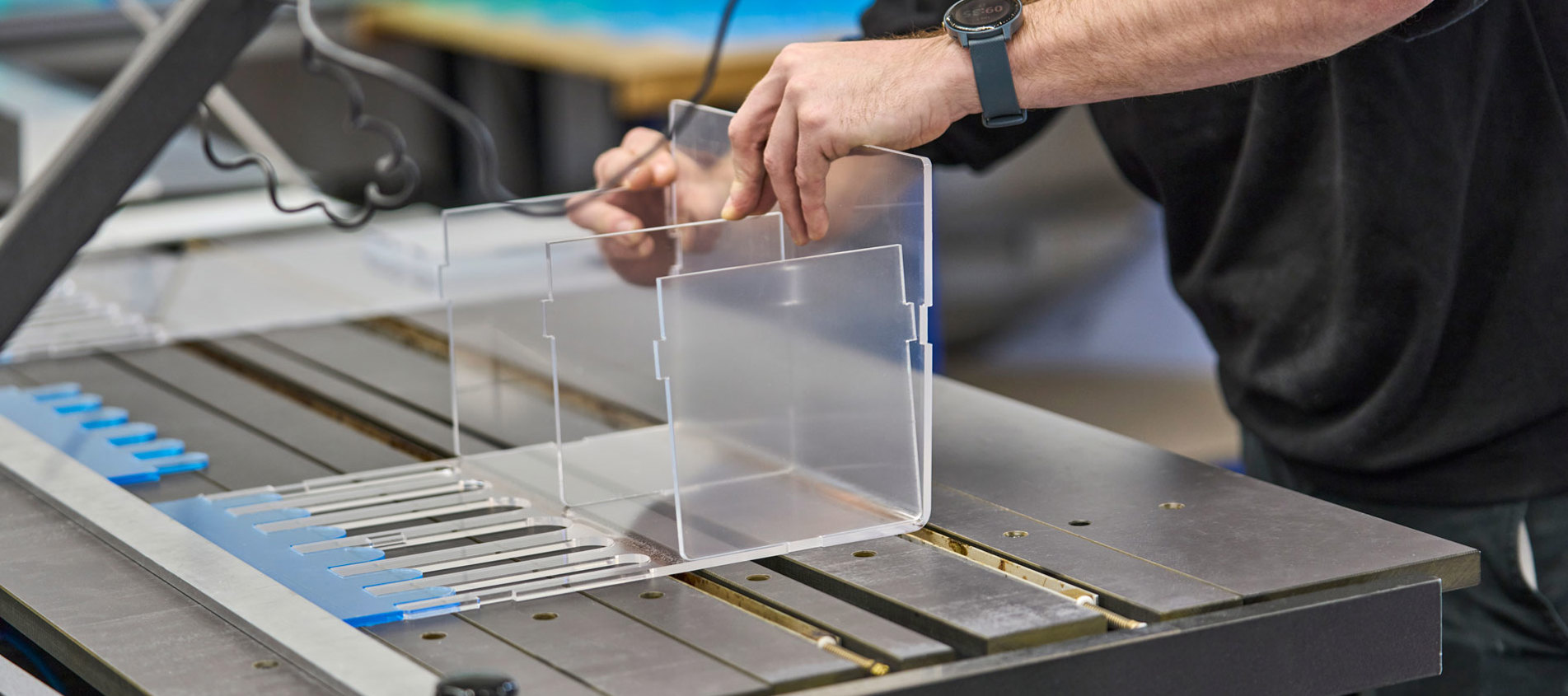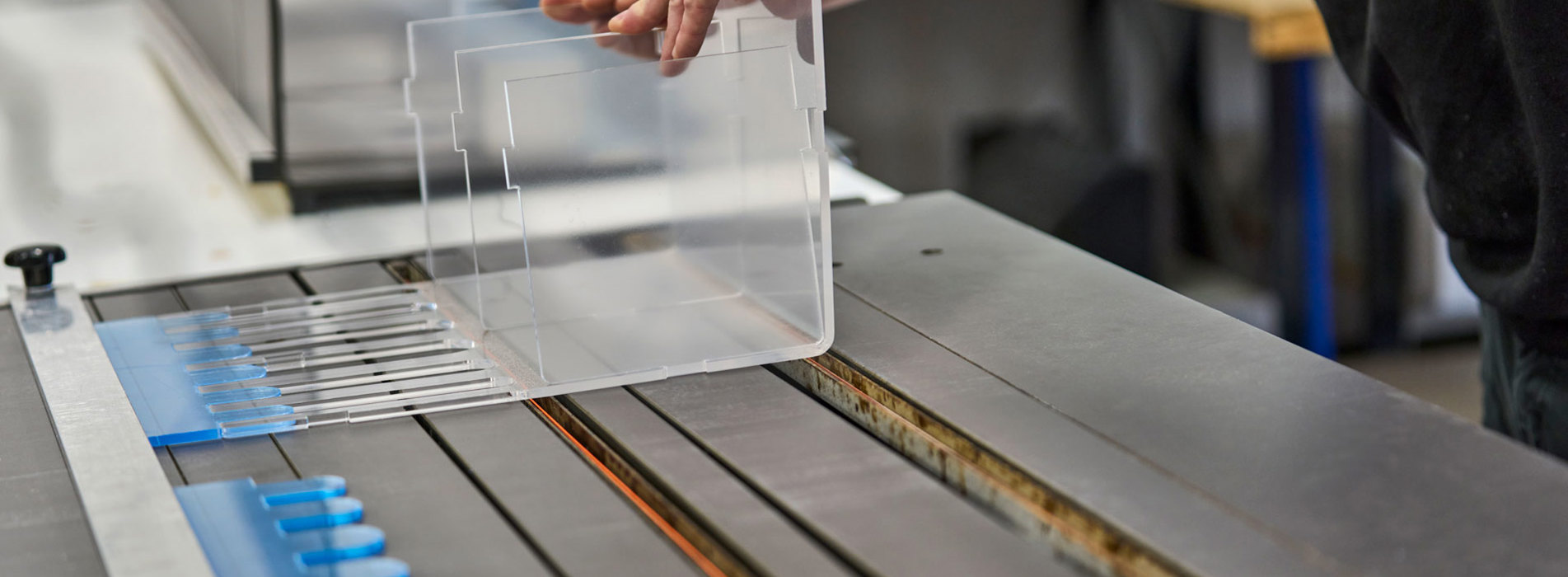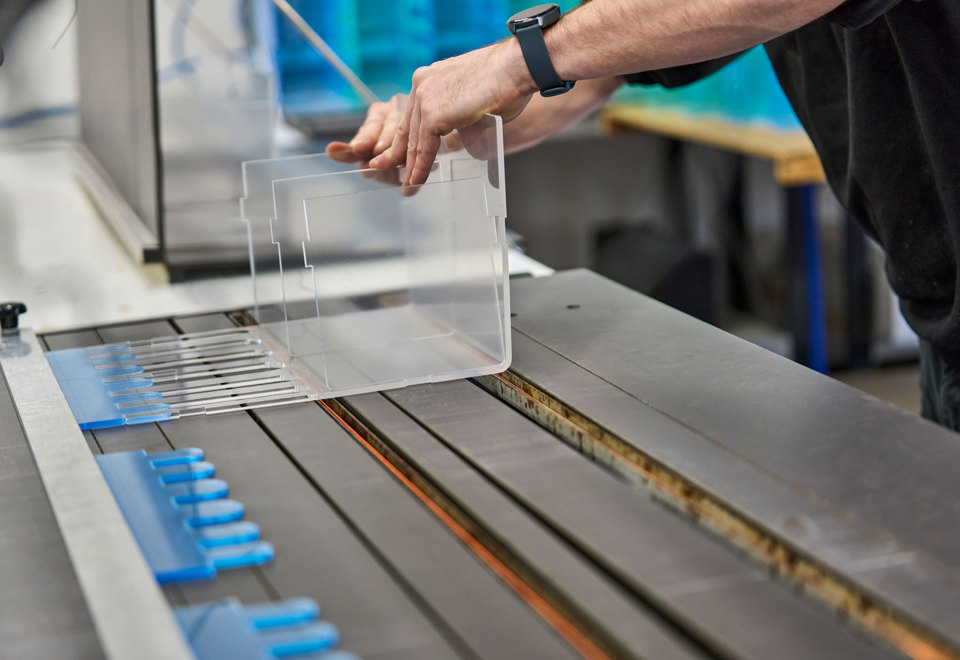

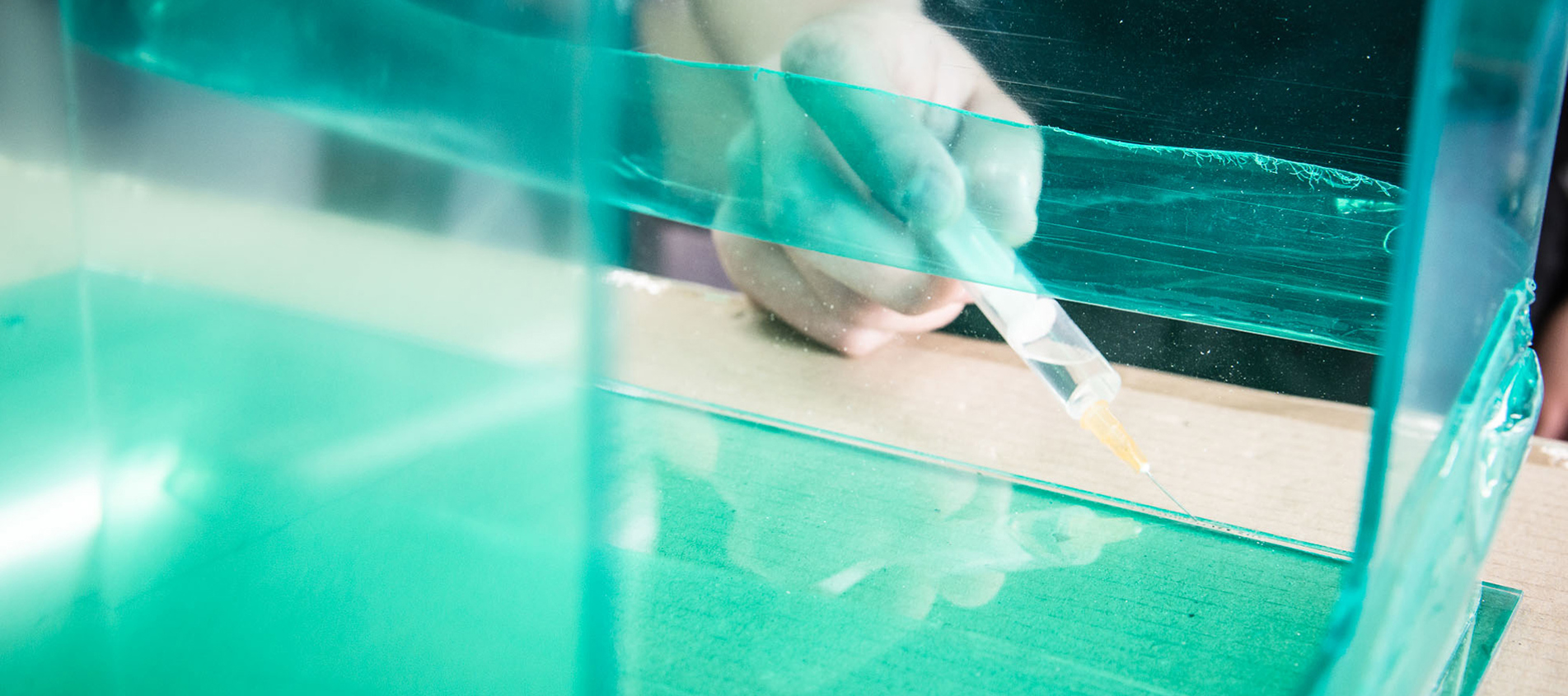

Questions and answers
-
We can perform hot bending on your components in the following plastics:
- Acrylic (PMMA)
- Polycarbonate
- PETG
- ABS
- HDPE 300
- Polypropylene (PP)
If you have any questions regarding the production of your component, feel free to contact us.
-
Depending on the geometry and size of the item, we can generally hot bend your materials in the following thicknesses:
- Acrylic (PMMA) up to 6 mm thickness
- Polycarbonate up to 10 mm thickness
- PETG up to 10 mm thickness
- ABS up to 10 mm thickness
- PEHD 300 up to 10 mm thickness
- Polypropylene (PP) up to 6 mm thickness
If you have any questions about the production of your item, please feel free to contact us.
-
If you would like to receive a non-binding quote or place an order, simply send an email to induflex@induflex.dk.
Please attach a drawing of your item in STEP format, along with a PDF if possible.
You are also welcome to call us at +45 9837 1988 or fill out the contact form below, and we will ensure that the right employee contacts you.
We will send you a quote with a price before we start producing your order, unless we agree otherwise.
-
At Induflex, we can produce even very tight tolerances in plastic.
When you order a plastic component from us, it will meet the Danish Standard ISO 2768-1 (medium) as standard. We measure tolerances at room temperature, around 21 °C.
Of course, we can agree on a different tolerance if you wish.
Have any questions?

Bárður Jónsson Stórá
Sales Coordinator
